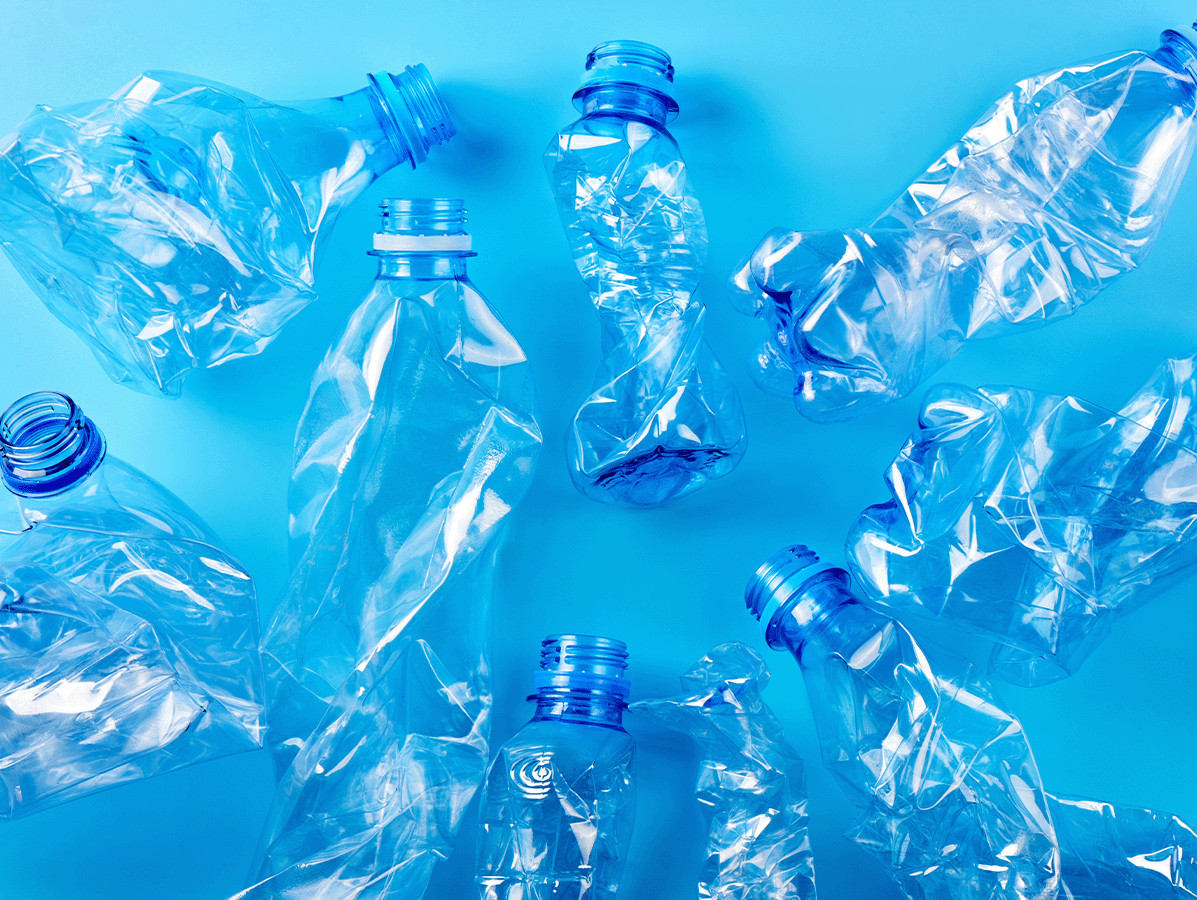
Municipalities are struggling to come up with the most effective waste collection strategy to implement region-wide. One possible solution is the digital tool that was recently developed by the MUNITION project, a large-scale research consortium that includes Wageningen University & Research and Radboud University. 'The waste collection policy has to be improved. Only 30% of consumer plastic waste is recycled.'
The MUNITION project wants to change this. Researchers are developing a digital tool to help municipalities determine the best collection strategy. The tool is a digital twin: a virtual copy of the entire collection chain, from sorting to recycling. This allows the researchers to compare the economic and social value of different waste collection and separation methods and predict the potential effects of new measures.
The MUNITION simulation model currently being developed by WUR includes a wide range of households: from different housing types (terraced homes to apartments) to different neighbourhoods and regions to distinct preferences and motivations. These households interact with waste collectors and sorters, the so called agent-based model. The researchers simulate the current collection strategy by inputing data from agencies such as Midwaste, CBS Statistics Netherlands, the land registry office and interviews with waste processors. They also add data provided by Radboud University. Their environmental data gives the opportunity to simulate a wide range of environmental effects. And their insights into collection techniques helps simulate the quantity and quality of household waste.
The team provides insight into human behaviour for the digital twin. According to them, the choice between pre-sorting and post-sorting household waste depends on the willingness and ability of citizens to separate their waste into different streams. The most important question is how much effort it takes to separate waste. It may be better for the environment to recycle plastic waste and milk cartons together, but how many people are willing to walk to a separate bin down the street? The researchers are identifying the behaviour associated with different waste separation strategies and conducting behavioural experiments to test interventions that motivate people. A reward may encourage people to recycle milk cartons and plastic together. Efforts made by citizens should help improve the quality of plastic waste separation.
‘Municipalities and waste processors will soon be able to use the digital tool to jointly predict the advantages and disadvantages of various collection policies. This will increase the amount of plastic recycling.
Source: Wageningen University & Research